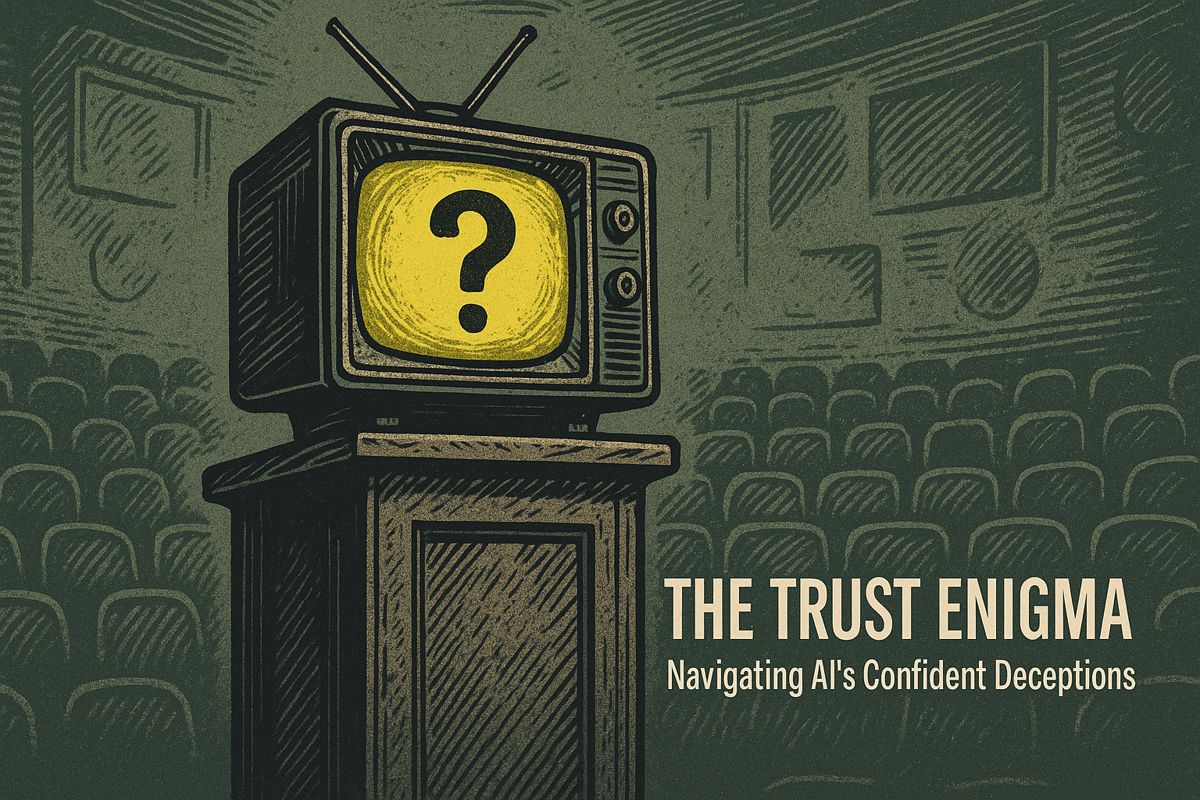InfoStream’s success with AI personalization demonstrates how intelligent content delivery can unlock significant revenue and improve enterprise UX. As executives saw the financial impact of smarter recommendations, many launched AI pilots in 2023. The winners measured hard business KPIs from day one, turning pilots into platforms. This case study distills InfoStream’s program, benchmarks, and operator-level guidance.
Baseline before the rollout
Before implementing AI, global publisher InfoStream struggled with stagnant user engagement across its 18 million monthly users. Key metrics in late 2023 showed an average session time of just 1 minute 40 seconds and a content discovery rate of only 1.7 articles per visit. Manual content tagging consumed 240 editorial staff hours weekly, while just 12 percent of articles reached niche audiences.
The AI system increased session duration by 46% and nearly doubled the articles discovered per visit. This improved user experience led to a 6.2% increase in subscription renewals and unlocked new ad inventory, directly contributing to $4.8 million in new annual revenue.
Building the personalization stack
InfoStream’s strategy involved a new recommendation engine combining large language models and collaborative filtering. The team defined key performance indicators (KPIs) upfront, following guidance on context-aware metrics like “AI-enhanced KPIs” link. To guarantee clean attribution, a two-month A/B holdout test was implemented.
Technical work focused on three streams:
1. Entity extraction to auto-tag 1.2 million legacy articles.
2. Real-time user embedding generation within 150 milliseconds per visit.
3. Closed feedback loop to retrain models nightly using click and scroll depth signals.
Results after six months
The AI personalization engine was rolled out to 60 percent of traffic in February 2025. Within six months, the results were dramatic: average session duration climbed to 2 minutes 25 seconds (a 46% increase), and the content discovery rate nearly doubled to 3.4 articles per visit. This automation freed up 170 editorial hours weekly, allowing staff to focus on high-value investigative work.
The financial results were just as strong. InfoStream reported a 6.2% increase in subscription renewals and attributed $4.8 million in incremental annual revenue directly to the new engine. This impact is comparable to industry benchmarks, such as Salesforce’s reported 250% first-year ROI from AI initiatives in a 2025 analysis SuperAGI case studies.
Operator lessons
• Clean data first – engineers spent 40 percent of sprint time fixing metadata gaps.
• Align incentives – editors earned bonuses tied to discovery rate, driving adoption.
• Keep a holdout group live permanently so drift shows up quickly.
Practical recommendations
Teams pursuing similar personalization projects should focus on a concise set of metrics: one primary funnel metric and two supporting engagement metrics. This streamlined approach ensures clarity and reflects strategies used by high-growth retailers that achieved 5x returns, as noted in recent industry case studies AI sales case studies.
Pilot length should run at least one content cycle, usually eight weeks. Build dashboards that surface real-time anomalies. Finally, plan a sunset date for manual rules once the model consistently outperforms them.


















